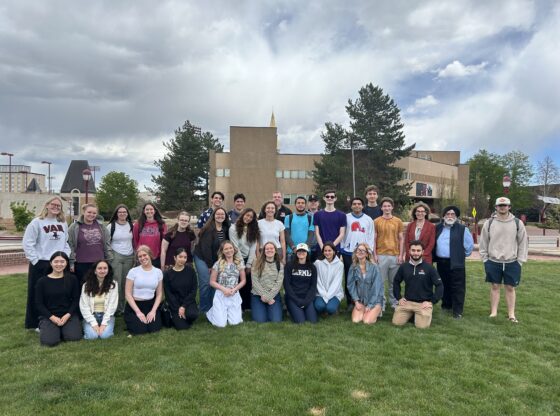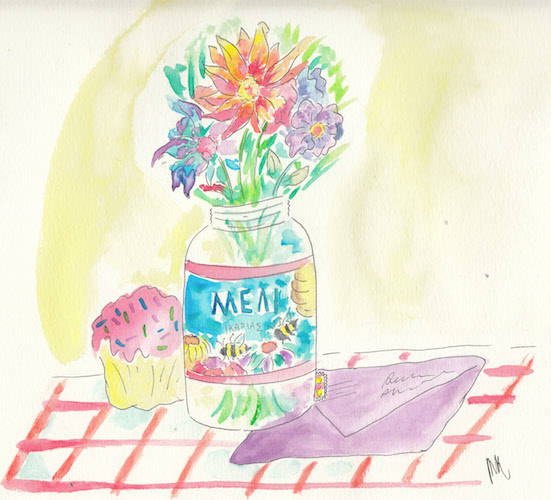The Denver Art Museum unveiled “The Virgin of Valvanera” this Sunday as a stand-alone piece documenting its process of restoration and conservation.
Painted by Cristóbal de Villalpando around 1710, this painting marks a shift from the traditional European style of painting to a unique “Mexican Style” that was pioneered by Villalpando himself. He is believed to be the most gifted artist of the Mexican colonial period and changed the way that Mexican artists approach painting.
This oil painting tells the story about a statue of the Virgin in Rioja, Spain, and themes of this legend can be found throughout. It was a commissioned work that was most likely in a church in Mexico City and was exposed to both heat and water damage.
The extent of the damages became evident to conservationists upon it’s entrance to the DAM’s collection in 2008, and it was clear that the piece had sustained extensive damage most notably on the inscription that can be seen in the bottom left corner.
Using a special X-ray machine borrowed from the Denver Zoo conservationists were able to pinpoint areas of weakness as well as learn about the techniques Villalpando used. They logged around 1500 hours of restoration and conservation work on the piece before it was decided that the piece could be put on display.
When looking at the piece it is obvious to the casual observer that it is a Mexican masterpiece. Its palate mainly consisting of reds and oranges is starkly contrasted by beautiful gold detailing on the Virgin’s clothing.
The exhibition focused on the process of restoration and preservation as well as the history of “The Virgilnof Valvanera.” As a stand-alone piece of work, the painting was accompanied by a twelve-minute long video that detailed the conservation process from start to finish. The Denver Art Museum made sure that the history of the painting was told as well as its more recent journey after its entry into DAM’s collection.
This piece will be on view until February 18, 2018, on the second floor of the Hamilton Building. For more information visit the Denver Art Museum’s website.











